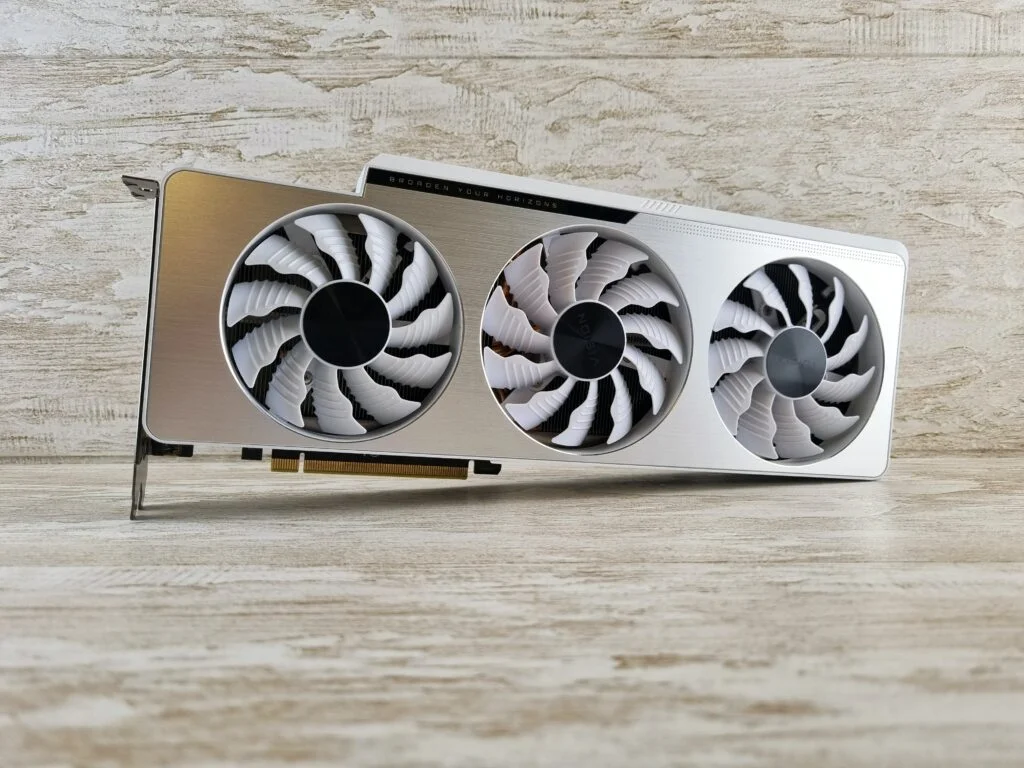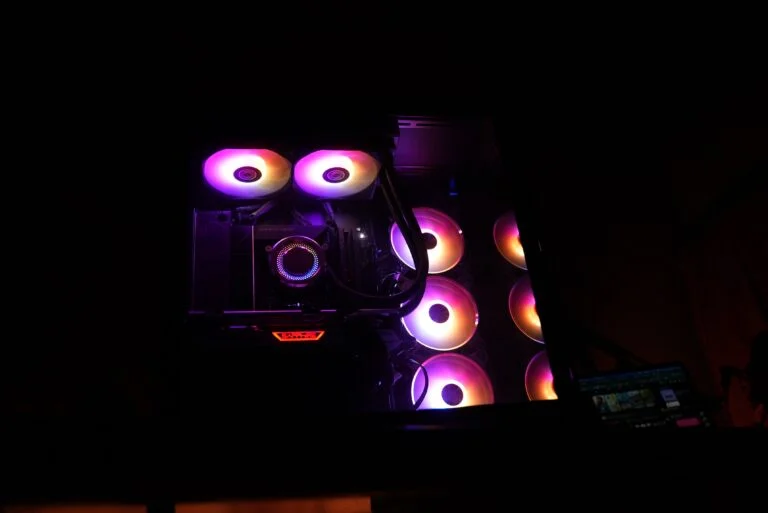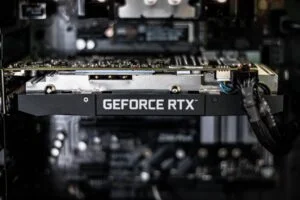With the advancement in gaming technology, the demands on your gaming PC are higher than ever before. Not only do you need the latest graphics card and processor, but also a cooling system that can keep up with the intense processing power.
From understanding the basics of airflow and heat dissipation to determining the ideal fan configuration for your gaming rig, we will provide you with the necessary knowledge to make informed decisions about how many fans should a gaming PC have. So, if you’re ready to take your gaming performance to the next level while ensuring the longevity of your hardware, let’s dive into the world of PC cooling and fan optimization.
What are case fans? And Why Is it important for your gaming rig?
Case fans are fans that are installed inside the computer case to help keep the components cool. They are typically located in the front, back, and top of the case. Case fans can be either intake fans, which draw cool air into the case, or exhaust fans, which expel hot air from the case.
Gaming PCs can generate a lot of heat, especially when they are under heavy load. If the components in your gaming PC overheat, they can throttle their performance or even shut down. Case fans help to prevent this by providing airflow to the components and keeping them cool.
In addition to preventing overheating, case fans can also help to improve the performance of your gaming PC. When the components are cooler, they can run at higher clock speeds and deliver better performance.
Factors to consider when determining the number of case fans for a game
The size of the case
A larger case will need more case fans to provide adequate airflow. This is because a larger case will have more space for components to generate heat, and the airflow will need to be distributed more evenly. A mid-tower case will typically need 3-5 case fans, while a full-tower case may need 6-8 case fans.
The components in the PC
The more powerful the components, the more heat they will generate, and the more case fans you will need. For example, a gaming PC with a powerful CPU and GPU will need more case fans than a gaming PC with a less powerful CPU and GPU.
The ambient temperature
If the ambient temperature is high, you will need more case fans to keep the PC cool. This is because the air in the room will be warmer, and the case fans will need to work harder to remove the heat from the PC. If you live in a hot climate, you will need more case fans than if you live in a cold climate.
The desired noise level
If you are sensitive to noise, you may want to use fewer fans or fans that run at a lower speed. However, it is important to note that fewer fans will not be as effective at cooling your PC, which could lead to overheating.
How Many Fans Should A Gaming PC Have?
Low-end gaming PC: 2-3 fans
A low-end gaming PC is typically equipped with less powerful components, which generate less heat. As a result, you can get away with using 2-3 case fans in a low-end gaming PC.
- One intake fan at the front of the case to draw cool air in.
- One exhaust fan at the back of the case to expel hot air out.
- You may also want to add a third fan at the top of the case to help with airflow.
Mid-range gaming PC: 3-4 fans
A mid-range gaming PC is typically equipped with more powerful components, which generate more heat. As a result, you will need 3-4 case fans in a mid-range gaming PC.
- One intake fan at the front of the case to draw cool air in.
- One exhaust fan at the back of the case to expel hot air out.
- One additional intake fan at the bottom of the case to help with airflow.
- One additional exhaust fan at the top of the case to help with airflow.
High-end gaming PC: 4-6 fans
A high-end gaming PC is typically equipped with the most powerful components, which generate the most heat. As a result, you will need 4-6 case fans in a high-end gaming PC.
- Two intake fans at the front of the case to draw cool air in.
- Two exhaust fans at the back and top of the case to expel hot air out.
- You may also want to add additional fans to the side of the case to help with airflow.

Additional Considerations
The type of case fans
There are two main types of case fans: airflow fans and static pressure fans. Airflow fans are designed to move a large volume of air, while static pressure fans are designed to move air through restricted spaces. For gaming PCs, airflow fans are typically the better option, as they can help to keep the components cool even when the system is under heavy load.
The fan speed
The fan speed can be adjusted to control the airflow and the noise level. If you are sensitive to noise, you may want to use fans that run at a lower speed. However, it is important to note that lower fan speeds may not be as effective at cooling your PC, which could lead to overheating.
The fan placement
placement of the case fans is important for ensuring that the airflow is optimized. The most common fan placement is to have one intake fan at the front of the case and one exhaust fan at the back of the case. However, you may also want to add additional fans to the top or bottom of the case to help with airflow.
How to choose the right number of case fans for your gaming PC?
- Consider the size of your case. A larger case will need more case fans than a smaller case. This is because a larger case will have more space for components to generate heat, and the airflow will need to be distributed more evenly. A mid-tower case will typically need 3-5 case fans, while a full-tower case may need 6-8 case fans.
- Consider the components in your PC. The more powerful the components, the more heat they will generate, and the more case fans you will need. For example, a gaming PC with a powerful CPU and GPU will need more case fans than a gaming PC with a less powerful CPU and GPU.
- Consider the ambient temperature. If the ambient temperature is high, you will need more case fans to keep the PC cool. This is because the air in the room will be warmer, and the case fans will need to work harder to remove the heat from the PC. If you live in a hot climate, you will need more case fans than if you live in a cold climate.
- Consider the noise level. If you are sensitive to noise, you may want to use fewer fans or fans that run at a lower speed. However, it is important to note that fewer fans will not be as effective at cooling your PC, which could lead to overheating.
- Consider the type of case fans. There are two main types of case fans: airflow fans and static pressure fans. Airflow fans are designed to move a large volume of air, while static pressure fans are designed to move air through restricted spaces. For gaming PCs, airflow fans are typically the better option, as they can help to keep the components cool even when the system is under heavy load.
- Consider the fan speed. The fan speed can be adjusted to control the airflow and the noise level. If you are sensitive to noise, you may want to use fans that run at a lower speed. However, it is important to note that lower fan speeds may not be as effective at cooling your PC, which could lead to overheating.
- Consider the fan placement. The placement of the case fans is important for ensuring that the airflow is optimized. The most common fan placement is to have one intake fan at the front of the case and one exhaust fan at the back of the case. However, you may also want to add additional fans to the top or bottom of the case to help with airflow.








